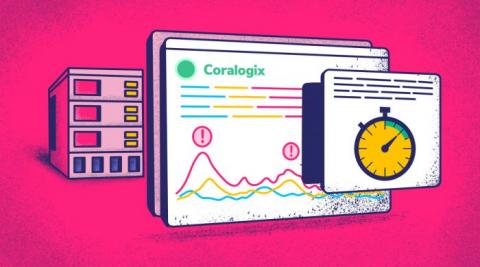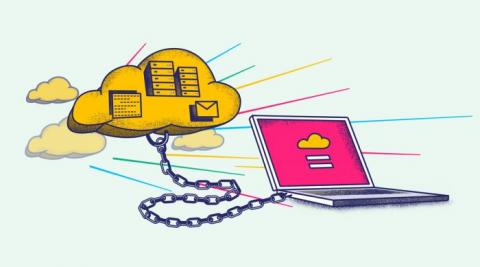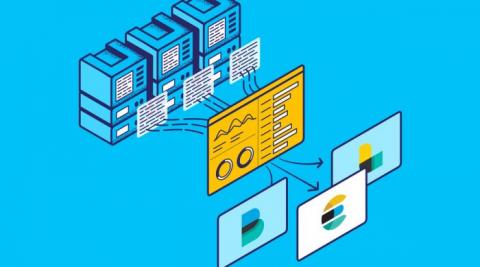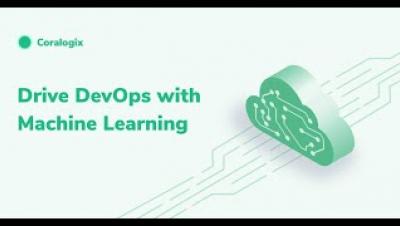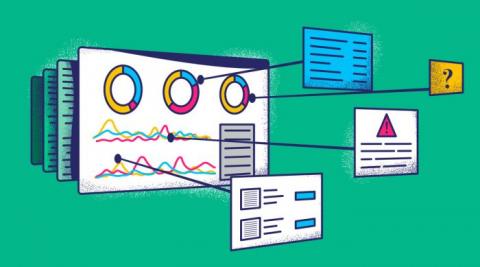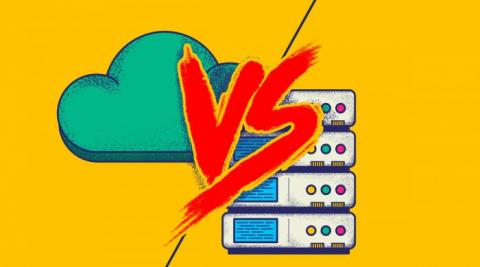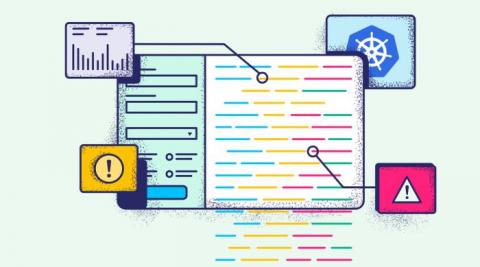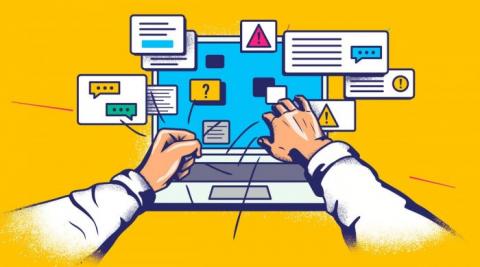More Changes Mean More Challenges for Troubleshooting
The widespread adoption of Agile methodologies in recent years has allowed organizations to significantly increase their ability to push out more high quality software. Previous development practices revolved heavily around centralized applications and infrequent updates that were shipped maybe once a quarter or even once a year.



